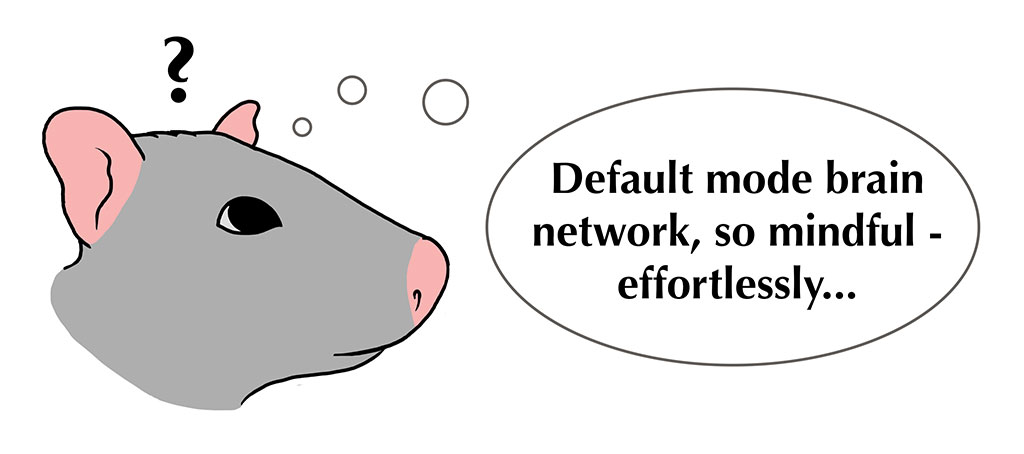Featured Paper of the Month – June 2018.
Our brains always work, consciously or unconsciously. Functional connectivity MRI has identified so-called resting state brain networks (e.g. default mode network). Aberrant activity in such networks is implicated in neurological and psychiatric disorders. This work applies simultaneous electrophysiological recording and functional MRI to investigate the neurophysiological basis of the network activity.
Publication Information
Delta Rhythm Orchestrates the Neural Activity Underlying the Resting State BOLD Signal via Phase-amplitude Coupling. Journal Article
In: Cereb Cortex, pp. 1–15, 2019, ISSN: 1460-2199 (Electronic); 1047-3211 (Linking).

